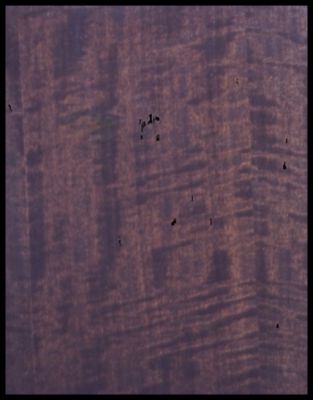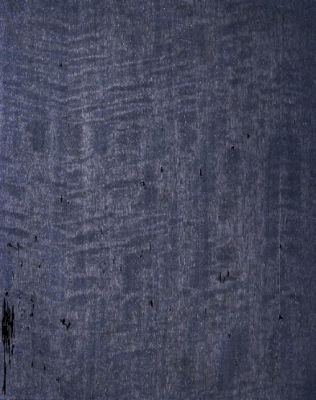Black Dye Stains for Maple
Tips and tricks for applying a dark stain to maple while still revealing the grain. Pros recommend various methods using inks, dyes, and toners. October 28, 2005
Question
I have to ebonize a 26" by 26" hard maple side table and wanted to run my ideas past someone who has experience with this.
Sand 120. Black ngr stain. Numerous toning coats with black ngr mixed with 50/50 pre-cat and thinner. Topcoat clear pre-cat. Any further suggestions?
Forum Responses
(Finishing Forum)
If you're hiding all of the wood grain, why don't you just get a black lacquer primer followed by a clear coat or two?
From the original questioner:
I should have been more clear. The reason I'm using dye stain is to have some grain show. This is not an opaque finish.
The more you apply color after the initial clear-coat, the more opaque it will become. I suggest you use a dark and/or black ngr dye stain on the raw wood. Apply a heavy, wet coat. Repeat until you get to the color you need. Then start clearcoating. Then, you will achieve maximum clarity and still have a very dark color. I do it all of the time. Also, make samples first.
Is your stain really black on the wood? Sometimes, to get more of a true black, I've used two different brands or types of black stain. The more transparent/translucent, the more the true color will show. Violets and blues and greens are sometimes used to make black. One easy combo ebony is to first use dye stain with Lockwood water based ebony, let dry, then use
minwax ebony (oil)stain. Does pretty good for me.
On some woods, a black dye or a black pigmented stain will still show the background color of the wood through the stains. It may show pink, tan, etc. If I want more black, I use a black pigmented shading stain to get the color and affect I need, and I then apply my clear coats to complete the finish.
I've had good luck ebonizing using India ink, bought by the quart at a local art supply store.
This photo show an Anegre wood with a dye black dye stain.

This photo shows the final Anegre finish using a black pigmented shading stain over the black dye. Note the translucency of the finish.

From Paul Snyder, forum technical advisor:
Your schedule will work fine. I'd change the reduction of the finish for making the toner. Instead of thinning the finish 1:1 (50/50), I'd thin it 1 part finish to 4 parts thinner. This will make the toner coat(s) very thin so you don't build up too thick a film. It should not take more than 1-2 toner coats to get the coloring you want. If it does, the dye on the bare wood has been reduced too much and isn't giving you enough color. With dye on the bare wood and in the toner, your finish will be transparent.
I've ebonized a lot of different types of wood by just using sumi ink. It's a beautiful deep black that can be thinned with water, and it's pretty strong. If you wet the wood first, then lightly sand, it works great for keeping the wood grain down.

